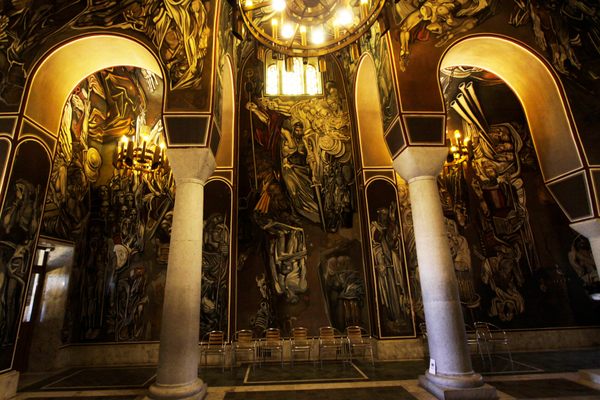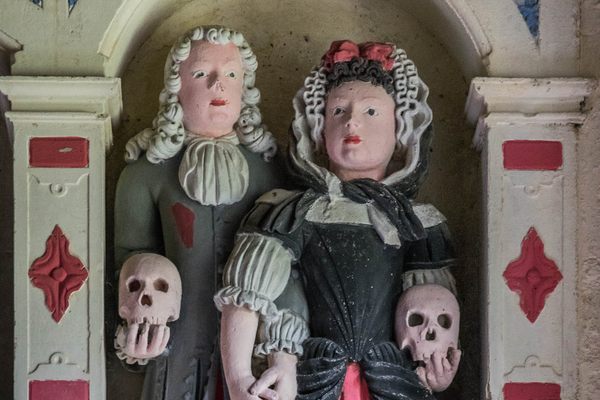About
The legendary depiction of Jesus Christ known as the Black Christ of Portobelo mixes issues of race and religion together with a mythic origin story to create one of the world's most singular Christian devotional items.
The true origins of the Black Christ are actually unknown. According to legend, the statue itself may have been a miracle. As the story goes, a black slave was fishing in the town when he saw a large object floating in the water. After dragging the mysteriously wrapped hulk ashore, he unwrapped it view of a number of onlookers. The Black Christ figure seemed like a personal appearance of Christ to many of the locals who felt that the statue's appearance was a signal that Jesus was with them in a very concrete sense. This veneration was rewarded and verified as a plague that was sweeping the area seemed to disappear just as the Christ figure arrived in their town.
Wherever the statue came from, it was placed in The Iglesia de San Felipe where it has remained ever since. To honor the miraculous deeds of the inanimate Christ, a feast and festival has been held each October for the last handful of centuries. During the festival pilgrims hike for miles into Portobelo, many donning ceremonial robes and crawling the final mile to the church in honor the Christ figure. The Black Christ itself has its clothing changed (one of only twice a year this happens) and it is carried on the grateful arms of the faithful across the short distance the figure was originally dragged from the sea. The distance may be short, but the manner in which the procession moves follows a strange stunted set of steps (three forward, two back) that prolongs the ceremony. The Black Christ is then returned to the church at midnight.
It is actually said that the Black Christ of Portobelo cannot be returned to the church prior to midnight, saying the figure simply becomes too heavy to carry for a time.
Related Tags
Published
April 15, 2014











































